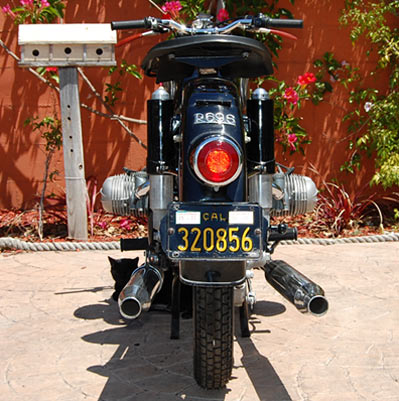Classic BMW motorcycles have always been very popular among aficionados and collectors alike. Renowned primarily for their exceptional build quality and straightforward, but most effective design, classic Bimmers are also cherished for their timeless beauty and unmistakable German style.
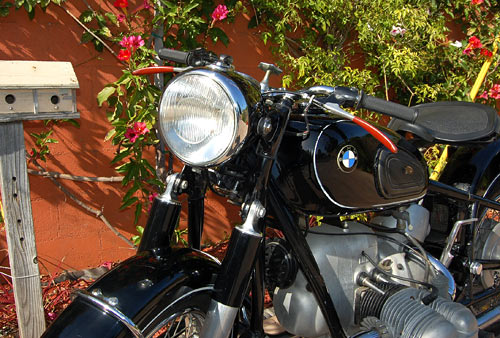
Click on the above image for an XXL-sized view (a separate browser window will open)
For many, the end of the "classic" BMW era is seen as 1969, when the last /2 bikes with the famous Earles fork--a design dating back to the late 1940s--were replaced by the all-new /5 series.
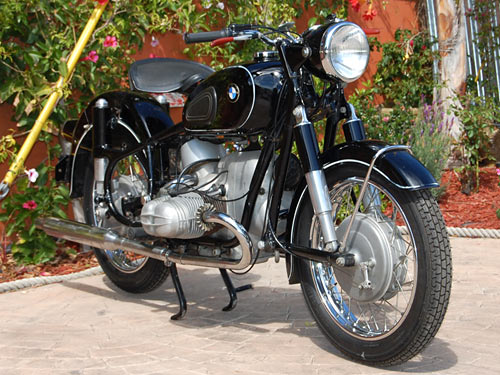
Click on the above image for an XXL-sized view (a separate browser window will open)
To the casual observer, even the last BMW /2 bikes look very similar to the earlier post-war BMW twins, but they are much more user friendly, despite their kick-start-only feature.
My 1964 BMW R69S, VIN *658429*, is such a rare bird. A California black license plate bike from new, it boasts an interesting history.
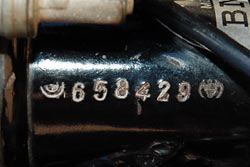
|
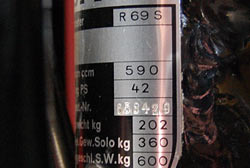
|

|
Not only is this a genuine R69S, but it's a 100% matching numbers motorcycle. The number on the manufacturer's ID plate, the stamped frame number, and the engine number all match.

|
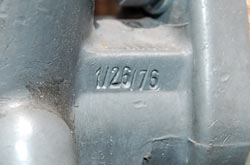
|
Click on any of the above images for a full-size view
Also important, this R69S still features its original BING carburetors, both correctly numbered: 1/26/75 on the left side and 1/26/76 on the right side.
I found this bike on eBay, late in June of 2007, presented in a rather unfavorable way.
1964 BMW R69S #658429. Numbers match. The motor is in need of a complete rebuild. The cylinders are first size over. This bike is very nice, original paint. Is too nice to part out. I have clear CA title. Odometer shows 17,000 miles but may have turned over.
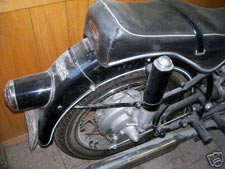
|
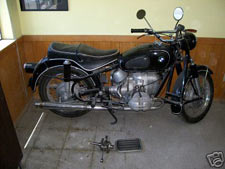
|
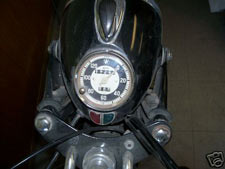
|
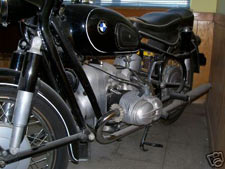
|
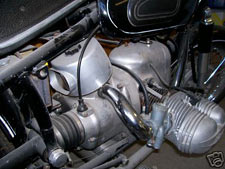
|
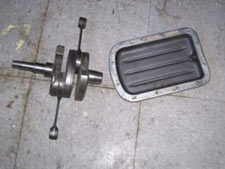
|
Click on any of the above images for a full-size view
Because most people didn't bother to take a closer look, even less inquire, my high bid was enough to become the winning bidder of this auction.

|
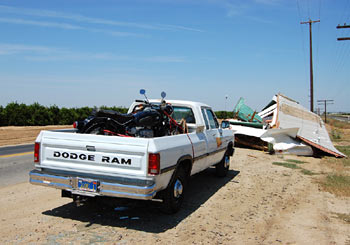
|
Click on any of the above images for a full-size view
Heading out to the desert city of Bakersfield early in July of 2007, the thermometer showed 107 degrees Fahrenheit when I hopped out of my truck. Turned out that Kerry, the seller, had bought my Bimmer 2 years earlier at a local swap meet from the original owner who parked the bike in his living room after the engine seized back in 1977, hoping to find a good used engine eventually. No such thing as "good used" R69S engines out there, even less so in the pre-Internet days, so the bike sat and sat, until the previous owner decided to part with it.
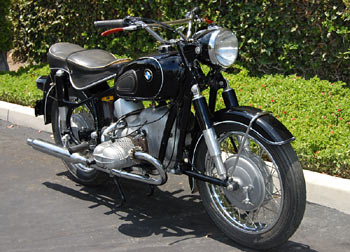
|
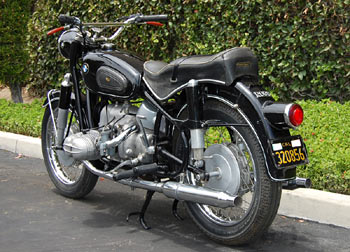
|
Click on any of the above images for a full-size view
Once back in Ventura, I unloaded the bike, dusted it off, and had a closer look.
The pitted aftermarket mirrors went into the recycling bin, and since the bike never had the optional bar-end turn signals, it looked much cleaner already. The Schorsch Meier seat cover had a few rips, which didn't matter to me, as I planed on mounting a solo seat anyway. Tires as well as pedal and handlebar rubbers were dry-rotted and cracked and needed to be replaced. That's it. Everything else was nice.
Correct 2-rib valve covers, exclusive to the sports models, were undamaged. The inside of the gas tank (always a good indicator) was just perfect; the black paint was still shiny after 43 years, with polished-through pinstriping to prove its originality. All the factory hardware was there, the marked, cad-plated German nuts and bolts are corrosion free, and even the painted metal zip-ties were still in place. Clearly, this was a completely unmolested original, protected by the dry California desert climate and caring owners.
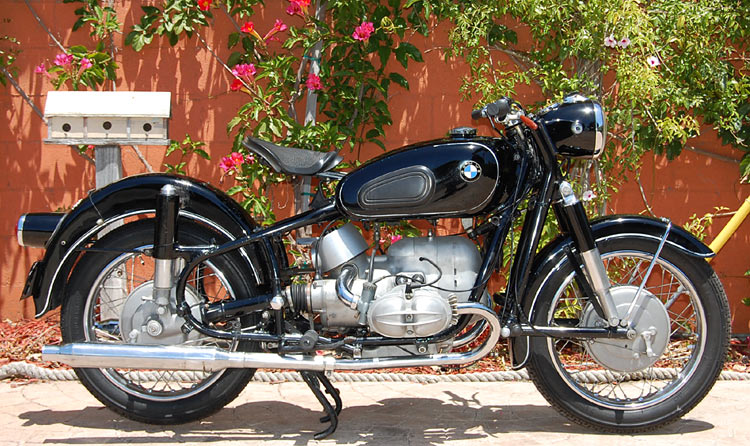
Click on the above image for an XXL-sized view (a separate browser window will open)
Yes, the engine needed to be completely done, but unless a motor rebuilt had already has been performed--almost any /2 bike needs engine-out surgery to have the crankshaft removed, in order to clean the oil slingers. Over the years, the slingers eventually become clogged, at which point the engine will die from oil starvation, which is exactly what happened to this bike. Cleaning the slingers is factory scheduled maintenance, to be done every 45K miles, but since modern oils and more frequent oil changes can prevent the sins of the past to re-occur, it becomes a once-in-a-lifetime ordeal for most owners, ideally to be performed right after purchase of the bike.
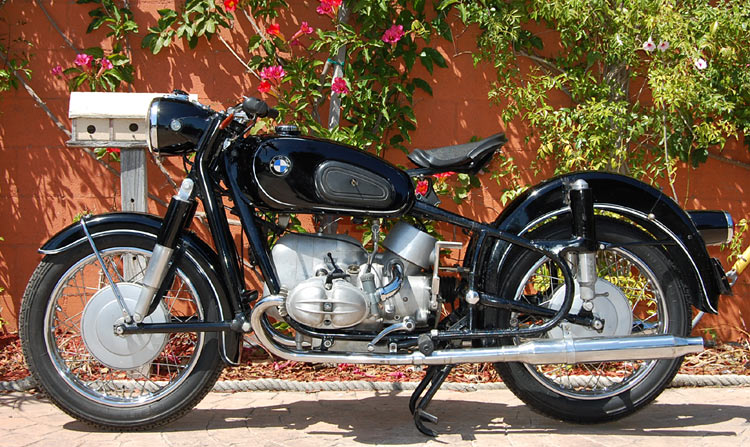
Click on the above image for an XXL-sized view (a separate browser window will open)
Since this is a matching numbers R69S, I immediately dismissed the idea of installing a different engine. So a complete engine rebuilt was in order.
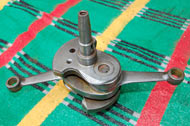
|
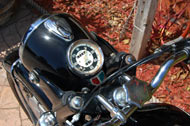
|
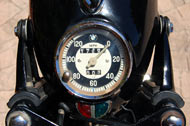
|
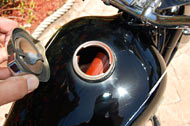
|
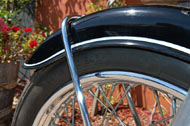
|

|
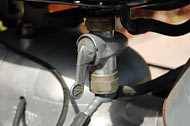
|

|

|

|
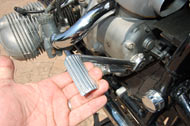
|

|
Click on any of the above images for a full-size view
There are some touched-up spots where battery acid attacked the paint on the lower part of the rear fender, but those spots are completely out of sight and do not warrant a repaint. Rubbers are new, shoes are fresh, brakes work fine.
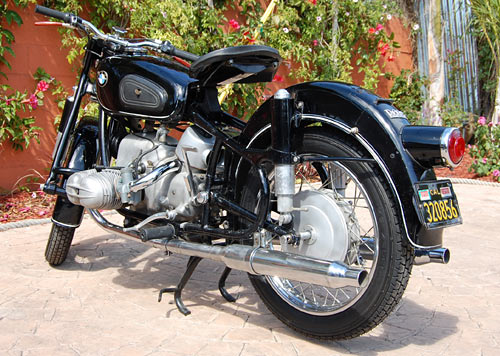
Click on the above image for an XXL-sized view (a separate browser window will open)
Looking no further than to the Vincent and the Norton Manx suggests that by 2020 this will be a $25K bike, as surely as the sun will rise in the morning. There was nothing in its time that could come close, either in quality or in performance, and original bikes of this caliber are far and few between.

Click on the above image for an XXL-sized view (a separate browser window will open)
Last edited on Wednesday, November 2, 2011.

